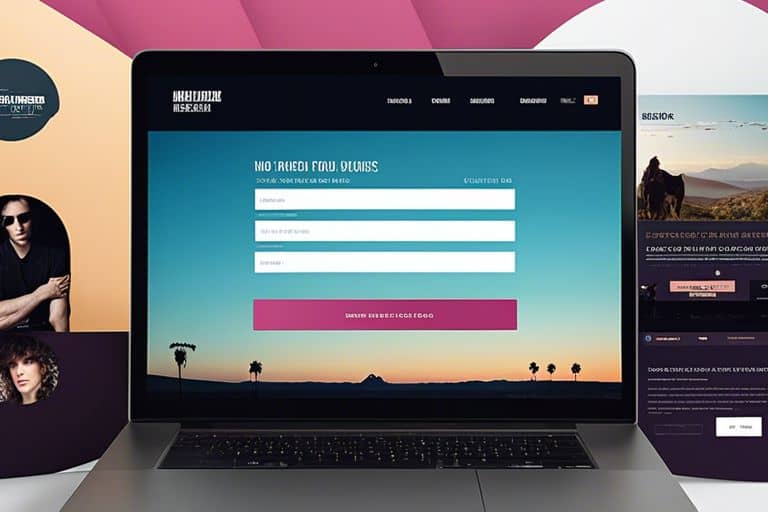
Just like a catchy melody hooks listeners, a well-designed website can turn casual visitors into loyal fans for musicians. With the right elements and layout, your website can effectively showcase your music, engage visitors, and ultimately convert them into devoted followers. Whether you’re a solo artist or part of a band, creating a captivating online presence is crucial in today’s digital age. To help you achieve this, check out our guide on the 7 Best Website Builders for Musicians: Promote Your Music… for tips and tools to elevate your website design game.
Types of Engaging Web Designs for Musicians
A musician’s website is often the first point of contact with potential fans, making it crucial to have a design that captivates and engages visitors. There are various types of web designs that musicians can utilize to convert visitors into loyal fans. In this chapter, we will explore different types of engaging web designs tailored specifically for musicians.
| Visual-Centric Websites | Interactive Features in Web Design |
| Engaging visuals and multimedia | Interactive elements like music players |
| Clear and appealing layout | Engagement tools such as polls and quizzes |
| Striking imagery and photography | Integration of social media feeds |
| Consistent branding and design elements | Personalized user experiences |
| Mobile-responsive design | Virtual reality and 360-degree experiences |
Visual-Centric Websites
Designs that focus on visuals play a crucial role in capturing the attention of visitors. Engaging visuals and multimedia elements such as high-quality images, videos, and album artwork can create a visually appealing experience for users. A clear and appealing layout that showcases striking imagery and photography can help convey the musician’s brand and style effectively.
Consistent branding and design elements across the website can also help in establishing a strong visual identity. It is crucial to ensure that the website is mobile-responsive to cater to users accessing it from various devices. After all, a visually engaging website can leave a lasting impression on visitors and encourage them to explore further.
Interactive Features in Web Design
To enhance user engagement, incorporating interactive features into web design can be highly beneficial. Interactive elements like music players, engagement tools such as polls and quizzes, and integration of social media feeds can create an immersive experience for visitors. Personalized user experiences and features like virtual reality and 360-degree experiences can further enhance the interactivity of the website, making it more engaging for fans.
Designing a website with interactive features allows musicians to connect with their audience on a deeper level and create a more interactive and dynamic online presence. By providing a platform where fans can actively participate and engage with the content, musicians can foster a sense of community and loyalty among their audience.
Step-by-Step Guide to Creating Engaging Web Design
Some musicians underestimate the power of a well-designed website in converting visitors into loyal fans. An engaging web design can captivate users, showcase your music, and build a strong online presence. Follow this step-by-step guide to create a website that resonates with your audience and helps you stand out in the competitive music industry.
| Step 1: Define Your Brand and Goals | Step 2: Choose the Right Platform and Tools |
Step 1: Define Your Brand and Goals
The first step in creating an engaging web design for musicians is to define your brand identity and goals. Consider what sets you apart from other musicians, your music style, and the message you want to convey to your audience. Your website should reflect your unique brand and resonate with your target fans.
Clearly outline your goals for the website. Do you want to increase music sales, grow your fan base, or book more gigs? Understanding your objectives will help you design a website that drives the desired actions from visitors and contributes to your overall success as a musician.
Step 2: Choose the Right Platform and Tools
With the plethora of website platforms and tools available, it’s necessary to choose ones that align with your needs and technical abilities. Consider platforms like WordPress, Wix, or Squarespace that offer user-friendly interfaces and customizable templates suited for musicians. These platforms often come equipped with tools for audio and video integration, online stores, and mailing list sign-ups.
Choose tools that make it easy for you to update content, showcase your music, and engage with fans. Integrating social media plugins, email marketing services, and analytics tools can also help you track your website’s performance and make data-driven decisions to optimize user engagement.
Tips for Maximizing Engagement on Your Music Website
Unlike traditional websites, a music website requires a special touch to convert visitors into loyal fans. Maximizing engagement on your music website is imperative to building a strong fan base that will support your music career. Here are some tips to help you create a website that captivates your audience and keeps them coming back for more.
Integrating Multimedia Content Effectively
To capture the attention of visitors, it is crucial to integrate multimedia content effectively on your music website. This includes high-quality photos, music videos, and audio clips that showcase your talent and personality. Make sure that your multimedia content is easy to access and navigate, providing visitors with a seamless experience as they explore your music.
Additionally, consider using a variety of multimedia formats to cater to different preferences. Some fans may prefer watching music videos, while others may enjoy listening to audio clips. By offering a mix of content types, you can engage a wider audience and keep them entertained.
Encouraging Fan Interaction and Participation
On your music website, make it easy for fans to interact with you and participate in the community. Include social media buttons that link to your profiles, allowing visitors to connect with you on platforms they already use. Create opportunities for fans to leave comments, share your content, and join mailing lists to stay updated on your latest releases and events.
Encouraging fan interaction and participation is key to building a strong fan base that is invested in your music. Respond to comments and messages promptly, show appreciation for fan support, and involve fans in decision-making processes whenever possible. By fostering a sense of community and connection, you can turn casual visitors into dedicated fans who will support you throughout your music career.
- Assume that your website visitors are interested in learning more about you as an artist.
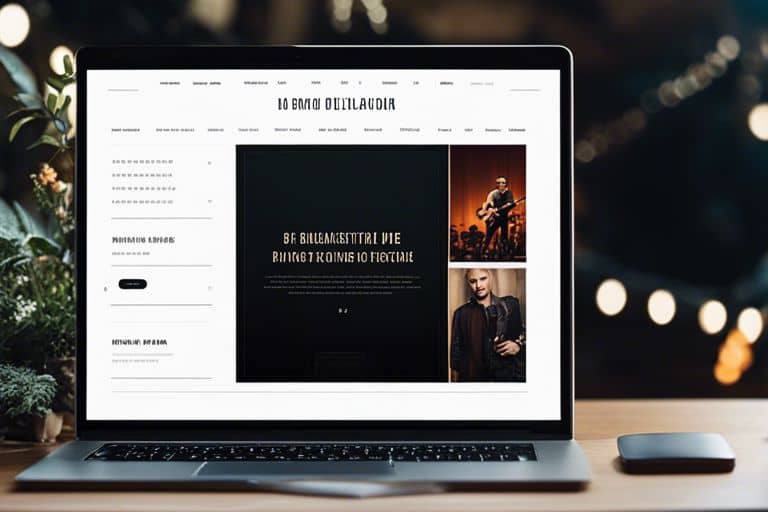
Factors to Consider When Designing Your Music Website
To convert visitors into fans through your music website, there are several key factors to consider in your web design strategy. The design of your website plays a crucial role in engaging visitors and turning them into loyal followers of your music.
When designing your music website, it is important to pay attention to factors such as mobile responsiveness, loading speed, and SEO best practices. These elements can greatly impact the user experience and determine whether visitors will stay on your site, explore your music, and become your fans.
Mobile Responsiveness and Loading Speed
To ensure that your music website is accessible to a wide range of users, it is imperative to prioritize mobile responsiveness and loading speed. With more people accessing websites on their mobile devices, having a website that adapts seamlessly to different screen sizes is crucial for retaining visitors.
Additionally, optimizing your website for fast loading speed can prevent visitors from becoming frustrated and leaving your site. A slow-loading website can deter potential fans from exploring your music further, so it is important to prioritize speed optimization in your web design.
SEO Best Practices for Musicians’ Websites
For musicians looking to increase their online visibility and reach a larger audience, implementing SEO best practices on their websites is imperative. By optimizing your website for search engines, you can improve your chances of ranking higher in search results and attracting more visitors to your site.
For instance, incorporating relevant keywords in your website content, optimizing meta tags, and creating high-quality backlinks can all contribute to improving your website’s SEO. By following these best practices, you can make it easier for potential fans to discover your music and become loyal followers.
- Mobile Responsiveness and Loading Speed
- SEO Best Practices for Musicians’ Websites
The Pros and Cons of Different Web Design Approaches
Once again, let’s explore the various approaches to web design for musicians and explore into their pros and cons. Understanding the different options available can help you make an informed decision that aligns with your goals and budget.
| Approach | Pros and Cons |
| Template-Based Websites | Can be cost-effective and quick to set up, but lack uniqueness and customization. |
| Custom-Designed Websites | Offer full creative control and unique branding, but can be time-consuming and expensive. |
| DIY Web Design | Allows for hands-on customization and cost savings, but may lack professional polish and advanced features. |
| Hiring a Professional Designer | Brings expertise and a polished look to your site, but can be costly and may involve communication challenges. |
Template-Based vs Custom-Designed Websites
To choose between a template-based or custom-designed website, consider your budget and the level of uniqueness you desire. Template-based websites offer a quick and affordable solution, but they may not fully represent your brand identity. On the other hand, custom-designed websites give you the freedom to create a truly unique and tailored online presence, but they require a higher investment of time and resources.
While template-based websites can be a good starting point for musicians on a budget, custom-designed websites often yield a more professional and distinctive result. Ultimately, the decision between the two approaches will depend on your priorities and long-term goals for your music career.
DIY Web Design vs Hiring a Professional Designer
Pros and cons exist in both DIY web design and hiring a professional designer. When you opt for a DIY approach, you have the freedom to experiment and make changes at your own pace. However, this may result in a website that lacks the finesse and expertise that a professional designer can bring to the table.
The choice between DIY web design and hiring a professional designer boils down to your level of expertise, available time, and the importance of having a polished and high-quality website to attract and retain fans. Consider your priorities and resources before making a decision that will impact your online presence as a musician.
To wrap up
Drawing together various elements of engaging web design discussed, musicians can convert visitors into fans by incorporating visually appealing layouts, clear navigation, high-quality content, and strategic call-to-action buttons. By creating a memorable online experience for visitors, musicians can build a loyal fan base and establish a strong online presence. Emphasizing user-friendly design, captivating visuals, and interactive features will help musicians stand out in a competitive digital landscape and connect with their audience on a deeper level. Implementing these design strategies can significantly impact a musician’s ability to attract, engage, and retain fans, ultimately leading to a successful and thriving online platform.
Continue reading
Purely you

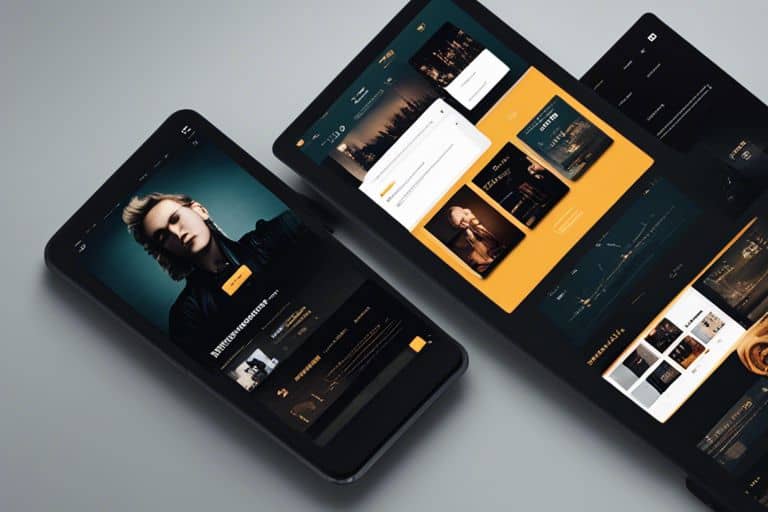
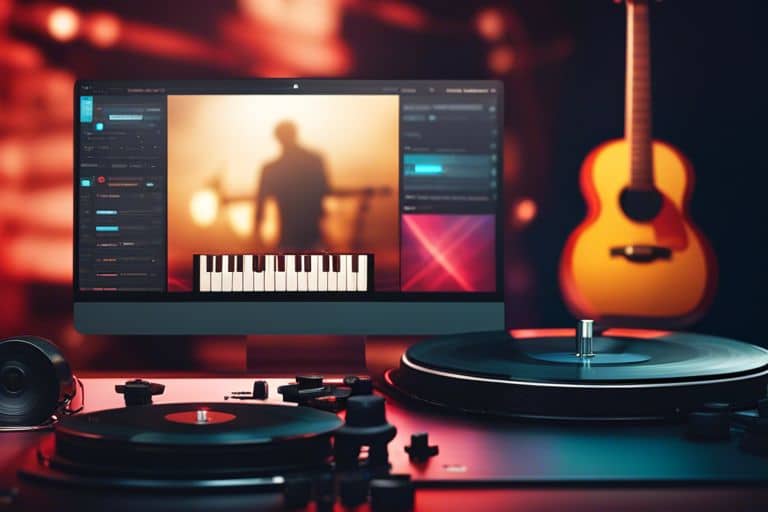
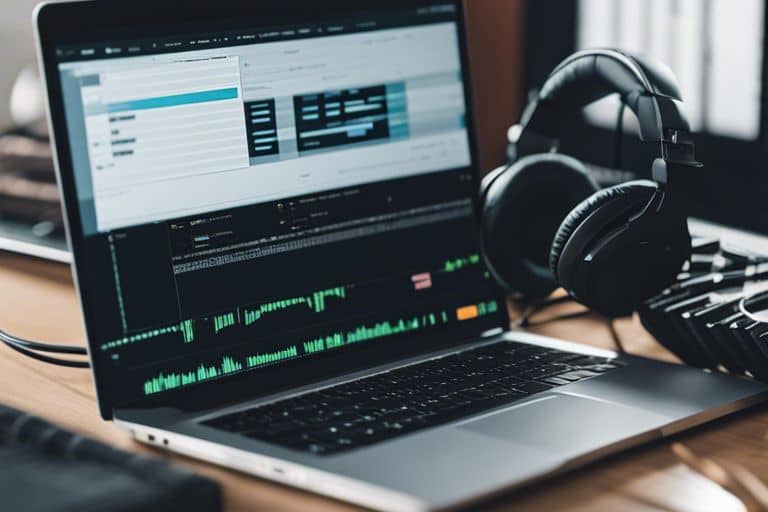
Leave a Reply